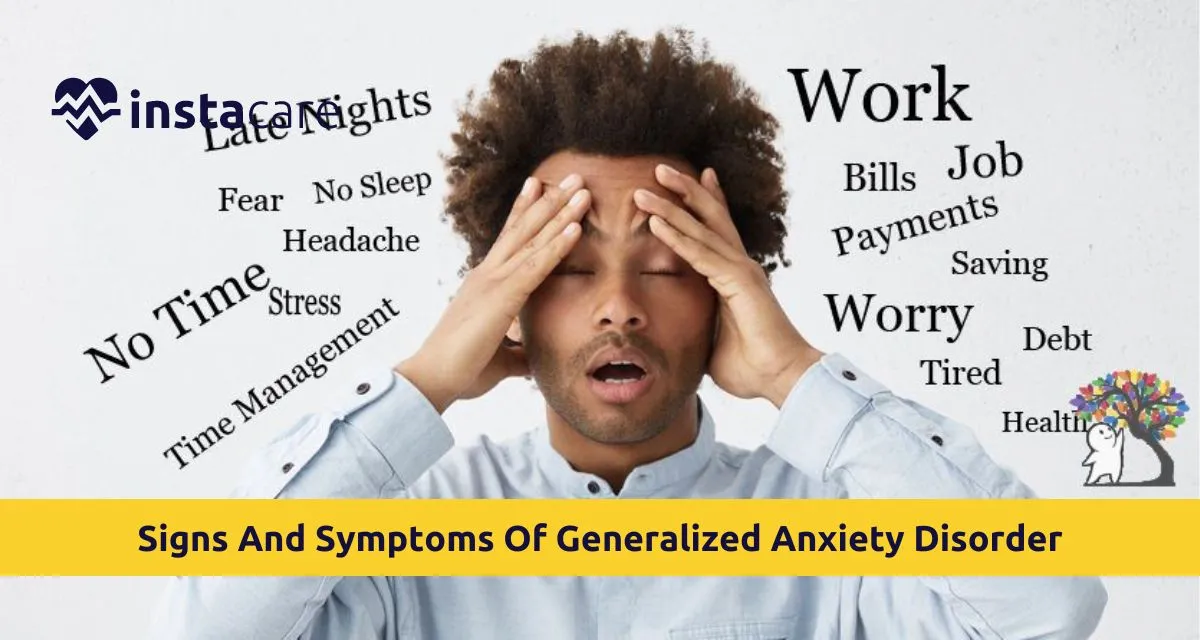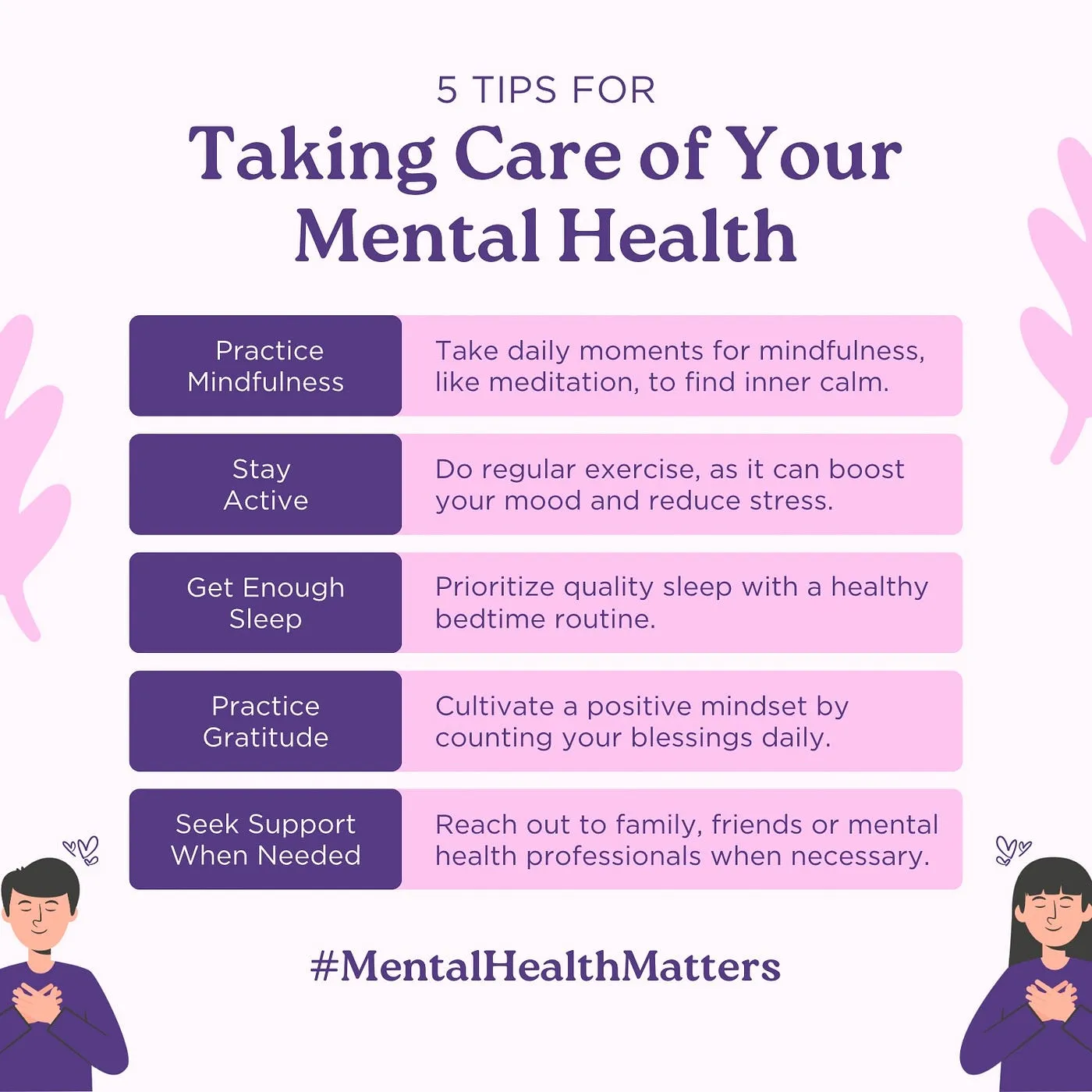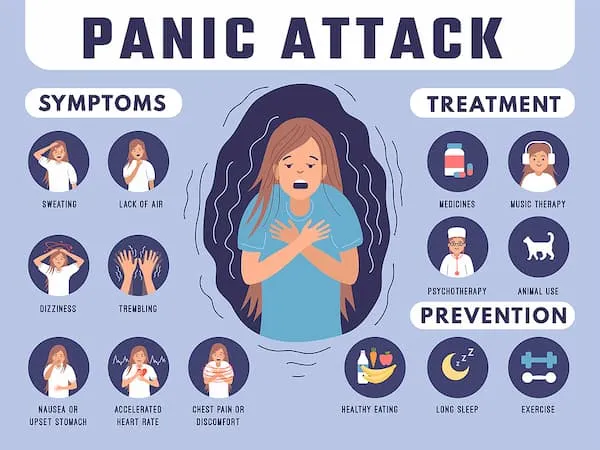Anxiety is a natural part of life, and everyone experiences feelings of worry, fear, or nervousness at some point. However, when these feelings become overwhelming or chronic, they may indicate an anxiety disorder. Anxiety disorders are the most common mental health conditions worldwide, affecting millions of people each year. Understanding the signs of anxiety disorder is the first step toward seeking help and managing the condition.
In this article, we will explore the common signs of anxiety disorders, the different types of anxiety, and practical ways to manage symptoms for better mental health.
What is Anxiety Disorder?
Anxiety disorder refers to a group of mental health conditions characterized by excessive, persistent, and often irrational fear or worry. These feelings can interfere with daily activities and affect an individual’s ability to function. While anxiety can be a normal response to stress, those with anxiety disorders experience these feelings much more intensely, and they may occur without any apparent trigger.
There are several types of anxiety disorders, including:
- Generalized Anxiety Disorder (GAD): Characterized by persistent and excessive worry about a variety of everyday issues.
- Panic Disorder: Involves recurrent and unexpected panic attacks—sudden periods of intense fear or discomfort.
- Social Anxiety Disorder (Social Phobia): An intense fear of social situations and being judged or criticized by others.
- Specific Phobias: Irrational fear of a specific object, situation, or activity, such as heights, spiders, or flying.
- Obsessive-Compulsive Disorder (OCD): Involves intrusive thoughts (obsessions) and repetitive behaviors (compulsions) aimed at reducing anxiety.
Common Signs and Symptoms of Anxiety Disorder
Anxiety disorders present with a variety of symptoms, ranging from psychological to physical. If you or someone you know experiences any of these signs frequently, it might be time to seek professional help.
1. Excessive Worrying
One of the most common signs of anxiety disorder is constant and excessive worry. People with anxiety disorders often find themselves preoccupied with concerns about various aspects of life, such as work, family, health, or finances. The worry may feel uncontrollable and disproportionate to the situation, making it difficult to relax.
- Example: A person with generalized anxiety disorder (GAD) may worry about small, everyday tasks to the point where it affects their ability to focus or sleep.
2. Restlessness or Feeling On Edge
People with anxiety disorders often experience physical restlessness. They may feel like they are “on edge” or unable to relax. This can manifest as fidgeting, pacing, or difficulty sitting still. In some cases, the restlessness can also lead to muscle tension and irritability.
- Example: A person with anxiety might find it hard to sit comfortably for long periods or feel jittery even when nothing is physically demanding.
3. Fatigue or Difficulty Sleeping
Chronic worry and tension can interfere with sleep, leading to insomnia or poor-quality sleep. Even if a person does fall asleep, they may wake up frequently throughout the night or feel unrested in the morning. This fatigue can exacerbate feelings of anxiety, leading to a vicious cycle of sleeplessness and heightened stress.
- Example: Someone experiencing anxiety may lie awake at night, unable to stop thinking about potential future problems or fears, making it difficult to fall asleep.
4. Difficulty Concentrating or Mind Going Blank
Anxiety can interfere with cognitive functions, including concentration and memory. People with anxiety disorders may find it hard to focus on tasks or have their minds go blank in stressful situations. This can affect work, school, and social interactions, leading to further stress and self-doubt.
- Example: A student with social anxiety may feel like they can’t concentrate during class because they are constantly worried about how their classmates perceive them.
5. Physical Symptoms
Anxiety doesn’t just affect the mind; it also has physical effects on the body. Some common physical symptoms of anxiety include:
- Increased heart rate or palpitations
- Shortness of breath
- Dizziness or lightheadedness
- Tightness in the chest or difficulty breathing
- Sweating
- Tremors or shaking
- Nausea or stomach discomfort
These physical symptoms often mimic those of a panic attack, which can occur unexpectedly in people with panic disorder.
- Example: A person with social anxiety might experience a racing heart and difficulty breathing before a social event, leading to avoidance behaviors.
6. Avoidance Behaviors
People with anxiety disorders often try to avoid situations or places that trigger their anxiety. This can lead to social withdrawal, isolation, or the avoidance of activities that they once enjoyed. Over time, this avoidance can become limiting, making it harder to maintain a fulfilling life.
- Example: Someone with agoraphobia may avoid leaving their house due to the fear of experiencing a panic attack in public.
7. Panic Attacks
Panic attacks are sudden, intense bursts of fear or discomfort that occur without warning. Symptoms of a panic attack include rapid heart rate, difficulty breathing, chest pain, dizziness, and a feeling of losing control. Panic attacks are a hallmark of panic disorder, but they can also occur in other types of anxiety disorders.
- Example: A person with panic disorder may experience a sudden panic attack while driving or in a crowded place, which can lead to a fear of future attacks and avoidance of certain situations.
8. Perfectionism and Excessive Self-Criticism
Individuals with anxiety often set excessively high standards for themselves and fear making mistakes. This can lead to feelings of inadequacy, guilt, and constant self-criticism. Perfectionism is common in people with social anxiety disorder, where the fear of judgment or rejection can cause them to overanalyze every action or decision.
- Example: A person with anxiety might obsess over a minor mistake made during a presentation, feeling that it has ruined their entire performance.
Causes and Risk Factors for Anxiety Disorders
The exact cause of anxiety disorders is not fully understood, but several factors contribute to their development, including:
- Genetics: A family history of anxiety disorders can increase the likelihood of developing one.
- Brain Chemistry: Imbalances in neurotransmitters like serotonin and dopamine can play a role in the development of anxiety.
- Life Experiences: Trauma, abuse, or major life changes (such as moving, losing a job, or going through a divorce) can trigger or worsen anxiety.
- Chronic Stress: Prolonged exposure to stressful situations or environments can increase the risk of developing an anxiety disorder.
How to Manage Anxiety Disorder
While anxiety disorders can be overwhelming, they are treatable. If you or someone you know is experiencing symptoms of anxiety, it’s essential to seek help from a healthcare professional. Below are some effective ways to manage anxiety:
1. Cognitive Behavioral Therapy (CBT)
CBT is a common form of psychotherapy that helps individuals identify and challenge negative thought patterns that contribute to anxiety. By learning to reframe thoughts and adopt healthier coping mechanisms, people can gain control over their anxiety.
2. Medication
In some cases, medication may be prescribed to help manage anxiety symptoms. Antidepressants, benzodiazepines, or beta-blockers are commonly used to treat anxiety disorders, but they should always be used under the guidance of a healthcare provider.
3. Relaxation Techniques
Mindfulness, meditation, deep breathing, and yoga can help reduce stress and promote relaxation. These practices can be incorporated into daily routines to manage anxiety and prevent it from becoming overwhelming.
4. Support Groups
Connecting with others who are experiencing similar struggles can provide a sense of validation and understanding. Support groups offer a safe space to share experiences, learn coping strategies, and receive encouragement.
5. Lifestyle Changes
Incorporating regular exercise, healthy eating, and proper sleep hygiene can improve overall well-being and reduce anxiety symptoms. Avoiding excessive caffeine, alcohol, and drugs is also essential for managing anxiety.
Conclusion
Anxiety disorders are common and can have a significant impact on a person’s life, but they are manageable with the right treatment and support. If you or someone you know is experiencing signs of anxiety disorder, seeking help from a mental health professional is the first step toward recovery. With the right tools, strategies, and support, individuals with anxiety can lead fulfilling lives and regain control of their mental health.




